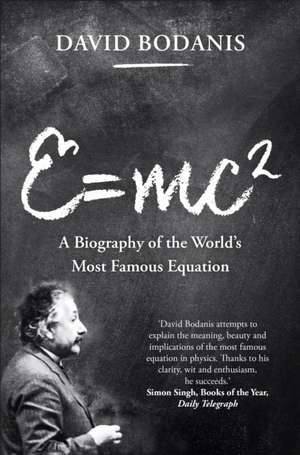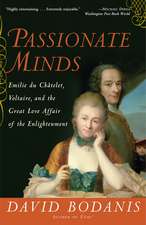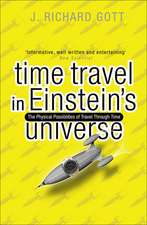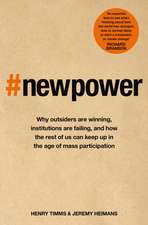Bodanis, D: E=mc2
Autor David Bodanisen Limba Engleză Paperback – 11 aug 2016
In 1905, Albert Einstein produced five historic papers that shattered many cherished scientific beliefs. One of those papers introduced the theory of special relativity and his legendary equation, E=mc2. Generations have grown up knowing that this equation changed the shape of our world, but without understanding what it really means and why it is so significant.
In this fascinating biography, David Bodanis tells the story of one of the greatest scientific discoveries in history, plotting the course of the equation through the twentieth century, showing how our lives have been revolutionized by its applications, and looking far ahead to the future.
But, as with any biography, it is the human stories that really ignite the subject - stories of love, courage and tragedy, of near misses, disappointments and disasters that, brought together in this remarkable book, turn Einstein's seemingly impenetrable theory into a dramatic and accessible human achievement.
'Informative and highly readable . . . E=mc2 is a wonderful romp through Einstein's famous formula . . . this is everything a popular science book should be' Daily Express
'An outstanding introduction to relativity by a gifted practitioner of popular science' Independent
'Fascinating reading' George Walden, Sunday Telegraph
Preț: 44.12 lei
Preț vechi: 63.86 lei
-31% Nou
Puncte Express: 66
Preț estimativ în valută:
8.44€ • 9.17$ • 7.09£
8.44€ • 9.17$ • 7.09£
Carte disponibilă
Livrare economică 01-15 aprilie
Preluare comenzi: 021 569.72.76
Specificații
ISBN-13: 9781509822188
ISBN-10: 1509822186
Pagini: 352
Dimensiuni: 128 x 198 x 27 mm
Greutate: 0.25 kg
Ediția:New Edition
Editura: Pan Macmillan
ISBN-10: 1509822186
Pagini: 352
Dimensiuni: 128 x 198 x 27 mm
Greutate: 0.25 kg
Ediția:New Edition
Editura: Pan Macmillan
Descriere
'David Bodanis attempts to expalin the meaning, beauty and implications of the most famous equation in physics. Thanks to his clarity, wit and enthusiasm, he succeeds.' Simon Singh, Daily Telegraph

















